Castor Oil – EP/BP Grade
From £4.09
Our cold-pressed castor oil is packed with vitamin E, as well as omega-6 and omega-9 fatty acids. Known for its qualities as an emulsifier, this understated, power-house of a carrier oil has brilliant natural moisturising properties and can be used on hair, beards and skin for deep nourishment and hydration.
Perfect for blending with other carrier oils and essential oils to make your own homemade beauty products, a bottle of this versatile, BP Grade pure castor oil is a must-have addition to any household.
 |
Castor oil is used the world over in beauty treatments and hair care products, as well as in alternative therapy as a natural remedy for various ailments, but what is it and how can you use castor oil safely in your own homemade skin and beauty products?
What is castor oil?
Castor oil is a nutrient-rich, pale yellow vegetable oil that is obtained from the process of cold-pressing castor beans. Originating in tropical east Africa, for thousands of years castor oil has been widely used around the globe for cosmetic and natural remedy purposes.
One of the reasons castor oil is so popular in the hair and skincare world is that it’s rich in ricinoleic acid, a monounsaturated fatty acid that helps lock in moisture. By creating a barrier on the skin or hair’s surface, castor oil can help protect you from harsh environmental conditions.
Suitable for almost all skin types, castor oil has a low comedogenic score which means it’s unlikely to clog your pores and is a safe choice for sensitive skin. In fact, castor oil is such a popular choice in the world of skincare that you’ll probably find it alongside lots of less desirable ingredients on the back of most commercial cosmetic products.
BP Grade Castor Oil
Buying 100% pure castor oil is a great natural alternative to shop-bought moisturisers, giving you complete reassurance about what you’re putting on your skin and hair. For added peace of mind, our castor oil is EP and BP Grade meaning it meets the official quality standards set out by both the British and European Pharmacopoeia for human use.
Castor Oil Benefits
Castor oil for hair
If you’ve ever taken a deep dive into natural hair treatments, then the chances are you’ve come across videos and endorsements online that promote using castor oil for hair care. Thanks to its nutrient-rich composition, castor oil provides a deeply nourishing treatment for hair that can moisten, strengthen and add shine; it’s even good for calming dry, itchy scalps. While there are many who believe castor oil makes hair grow, so far there are no scientific studies to back these claims.
How to use castor oil for hair care
Use castor oil on your hair by mixing it with a more penetrable oil such as argan oil or sweet almond at a ratio of 1 part castor oil to 5 parts of your other chosen oil. You can always choose multiple carrier oils to enjoy the benefits of each and add a few drops of your favourite essential oils for more nutrients and gorgeous aromas.
Comb a small amount of the mixture to wet hair, locking in the moisture and being sure to apply it to the full length of your hair. Give it a few minutes to work its magic then wash out for beautifully soft, shiny locks.
Castor oil for skin
Because it’s rich in monounsaturated fatty acids, castor oil has good humectant properties meaning it helps to lock in moisture and prevent water loss through the skin’s outer layers. For these reasons, it’s a common addition to many skin lotions, cleansers and makeup.
Unfortunately, mass-produced beauty products can often include unnatural, harmful ingredients designed to help preserve the product and give it a more appealing appearance or scent.
You can use castor oil at home as a natural alternative to these shop-bought products, sparing your skin from exposure to additives and giving you full control over the ingredients you use.
Castor oil also stimulates tissue growth, helping the skin to recover from minor wounds by creating a moist barrier that reduces dryness and prevents a buildup of dead skin cells.
Pure castor oil is safe for almost all skin types though. Because of its thick consistency, we recommend blending it with some other skin-friendly carrier oils such as sweet almond or jojoba oil for a cost-effective, intense moisturiser. You can even add a few drops of your favourite essential oils or fragrance oils for truly bespoke homemade skincare products – just be sure to stick to the dilution guidelines provided on the label of each bottle.
Castor oil for face, acne and wrinkles
While most beauty products work by stripping the oil out of the skin on your face, the upshot is that your body overcompensates by producing more oil, often leading to oily, acne-prone skin. Applying the right oils to your skin in the first place can be an easy, natural way of maintaining a healthy skin oil balance.
Thanks to its rich essential fatty acids, many people turn to castor oil for their daily face care treatment. Dab small amounts gently onto the face and around the eyes then leave it for a while to absorb. After about 20 minutes, gently wash the treated areas and apply your usual products as normal.
Its ability to reduce inflammation, bacteria and soothe skin irritation has led many to claim that castor oil is a natural acne treatment. There are also those who use castor oil for wrinkle treatment, claiming it promotes the production of collagen which in turn softens and hydrates the skin. While there have been no studies to date to back these claims, castor oil has been shown to be an effective antioxidant and anti-inflammatory, both credentials linked to slowing down the signs of ageing.
Castor oil for eyelashes
Castor oil has long been linked to promoting healthy, longer lashes due to its high levels of ricinoleic acid, a chemical compound often associated with encouraging hair growth. A natural and affordable alternative to expensive eyelash products, castor oil is easy to use and generally safe for application to lashes.
Before using castor oil on eyelashes for the first time, we recommend testing on a small area of your skin and leaving for 24 hours to check you’re not one of the few who may have an allergic reaction.
We recommend applying castor oil to your eyelashes before bed. Make sure your eyelashes are clean and makeup-free, then use a cotton bud or eyelash brush to apply a small amount of castor oil along the top of your eyelash line. Take extra care not to get any oil in your eyes and wash off in the morning with water or makeup remover.
Castor oil for beards
It’s not just eyelashes and head hair that can benefit from castor oil’s rich fatty acids and moisturising and nourishing properties. Castor oil can be used on beards in small amounts to help keep the skin underneath healthy and hydrated while promoting healthy beard hair.
Due to its high levels of ricinoleic acid, you’ll find a lot of people happy to promote castor oil as a miracle beard growth solution; however, there’s only anecdotal evidence to support these claims. The good news is, there are plenty of other benefits of using castor oil for beards and it’s an easy ingredient to mix with other carrier oils like argan oil and our pure essential oils, to create your own nourishing, sweet-smelling homemade beard oil.
Using castor oil when pregnant
If you’re pregnant, do not use castor oil until you have sought advice from your doctor. Studies have suggested that the laxative effects associated with castor oil may have the effect of inducing early labour or potentially causing distress to an unborn baby. It’s always best to get professional medical advice before commencing the use of any new product.


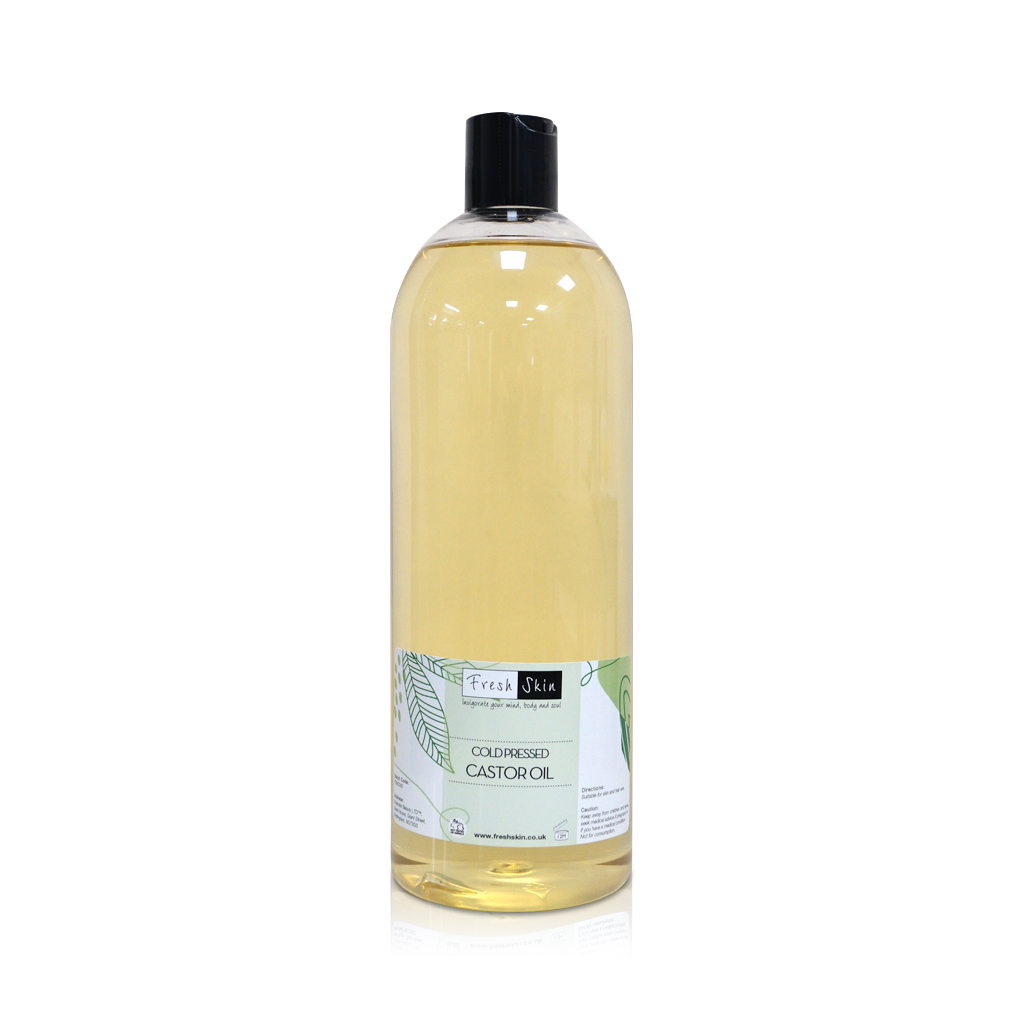

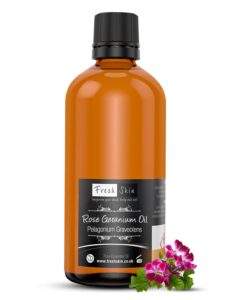
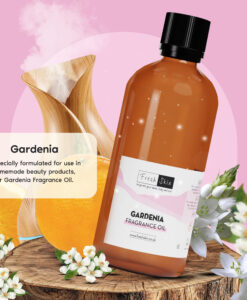

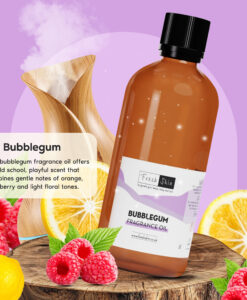
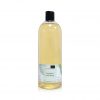
Mo –
I love it. What I saw was what I got. Thank you Freshskin